Dralon Fabrics
Fabric Features:
- Soft;
- Warm;
- Moisture Management;
- Durable;
- Non-allergic.
Sampls available at request.
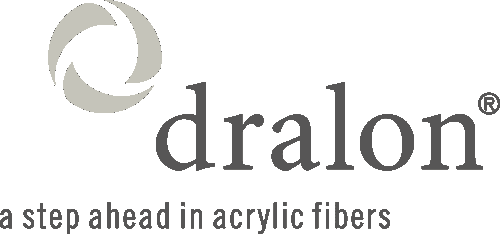
Dralon is the trademark of Dralon GMBH.

Dralon Fabrics
Fabric Features:
Sampls available at request.

Dralon is the trademark of Dralon GMBH.
Super Tight Body Shaping Fabric with 53% Spandex
Fabric ID: HY224120
Composition: 47% Nylon, 53% Spandex
Weight: 270gsm
Width: 1.27m
Usage: fabric for body shaping apparel
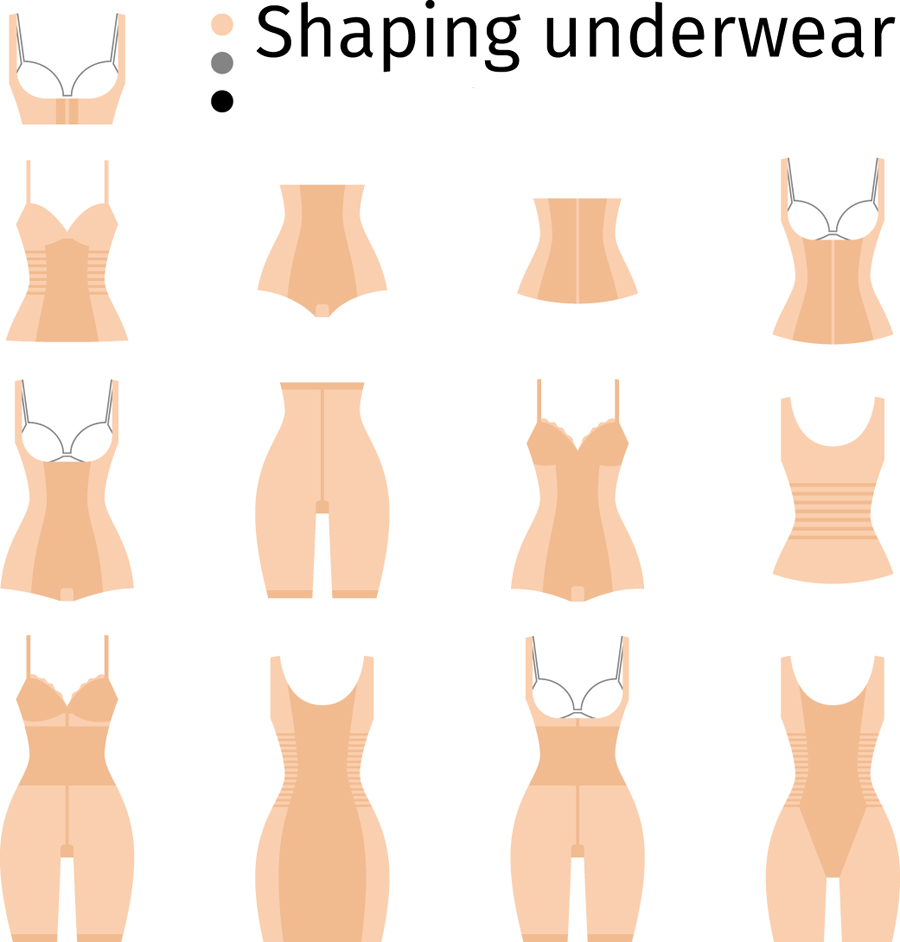
body-shaping-underwear
Recycled Polyester Melange Fabrics
HY224140:
Content: 83% recycled polyester, 17% spandex
Weight: 210gsm
Color: melange heather
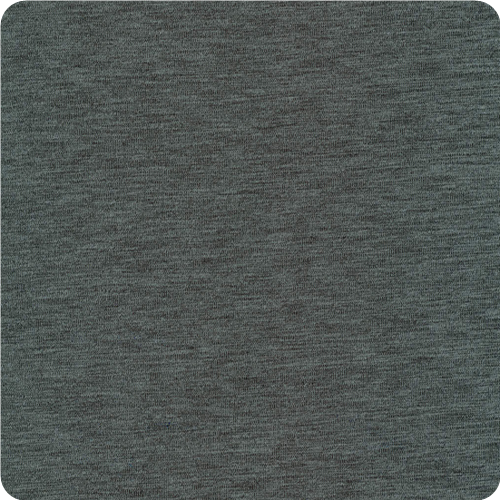
HY224141:
Content: 86% recycled polyester, 14% spandex
Weight: 180 gsm
Color: heather
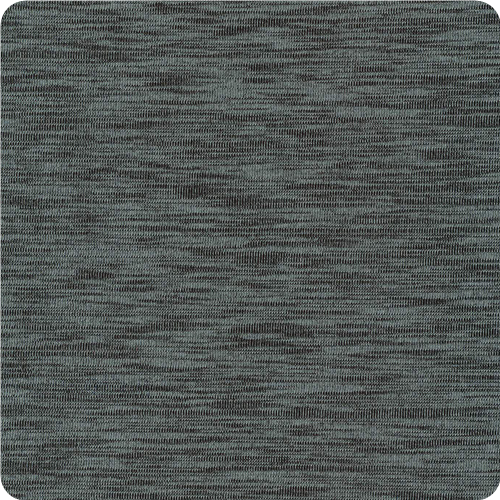
HY224154:
Content: 50% recycled cationic polyester, 50% recycled polyester
Weight: 110 gsm
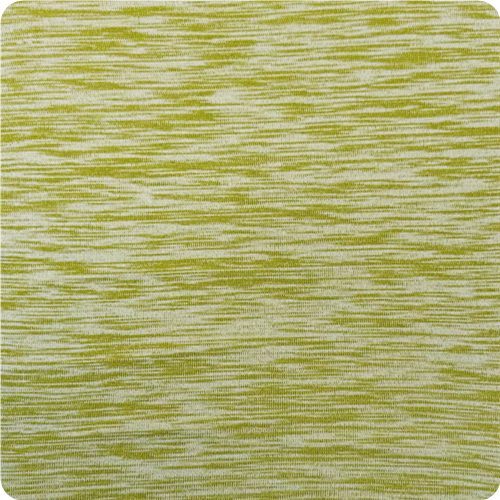
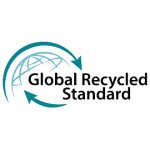
Beta Textiles Co., Limited has launched a sportswear collection with fabrics containing graphene together with a graphene textile material partner in Shangdong Province, China.
As an innovative material with nano technology and derived from graphite, significantly improves performance for the benefits of athletes, professionals and sports enthusiasts. The major characteristics of this smart fabric is its ability to act as a filter between the body and the external environment, ensuring the ideal temperature of the wearer. The warmth produced by the human body is dispersed in warm climates, and preserved and distributed evenly in cold climates.
Further, graphene fabrics are electrostatic and bacteriostatic, sportswear made with such fabrics are able to reduce the friction with air and water to enable top sporting performance.
Functions of Graphene Fabrics:
Far infrared radiation
Graphene fabrics release far infrared rays with a wavelength identical to water molecules in human cells. When such rays radiates on human bodies, resonance occurs with water molecules in human cells. Human surface cells will be activated, and microcirculation of human subcutaneous tissue will be accelerated to generate heat, improve health and immunity.
Graphene fabrics have great effects on improving human microcirculation. Compared with normal fabrics, blood flow rate improves by 141.34%, number of hemocytes increases by 61.73%, velocity increases by 50.07%, termperature increases by 4.21%, i.e. 1.27 °C.
Anti-microbial
Graphene fabrics are intrinsically anti-bacterial without any treatment.
Moisture Managment
Graphene fabrics provide excellent moisture management performance. It absorbs moisture and perspiration rapidly to keep the wearer dry and comfort.
Anti-static
Graphene fabrics provide excellent moisture management performance. It absorbs moisture and perspiration rapidly to keep the wearer dry and comfort.
Anti-UV
Graphene fabrics absorb UV to protect the wearer from UV radiations.
Green and ECO Material
BTEXCO uses a biomass graphene made with corn core cellulose as raw material. There is no chemical pollution in the whole process.
Heat Storage
Graphene fabrics absorb heat from the sun and human body, store it in the fabric to keep the wearer warm.
Based on tests with Kaken, the fabric temperature is 16 °C higher than fabrics made with normal polyester when the fabric is exposed to the sun.
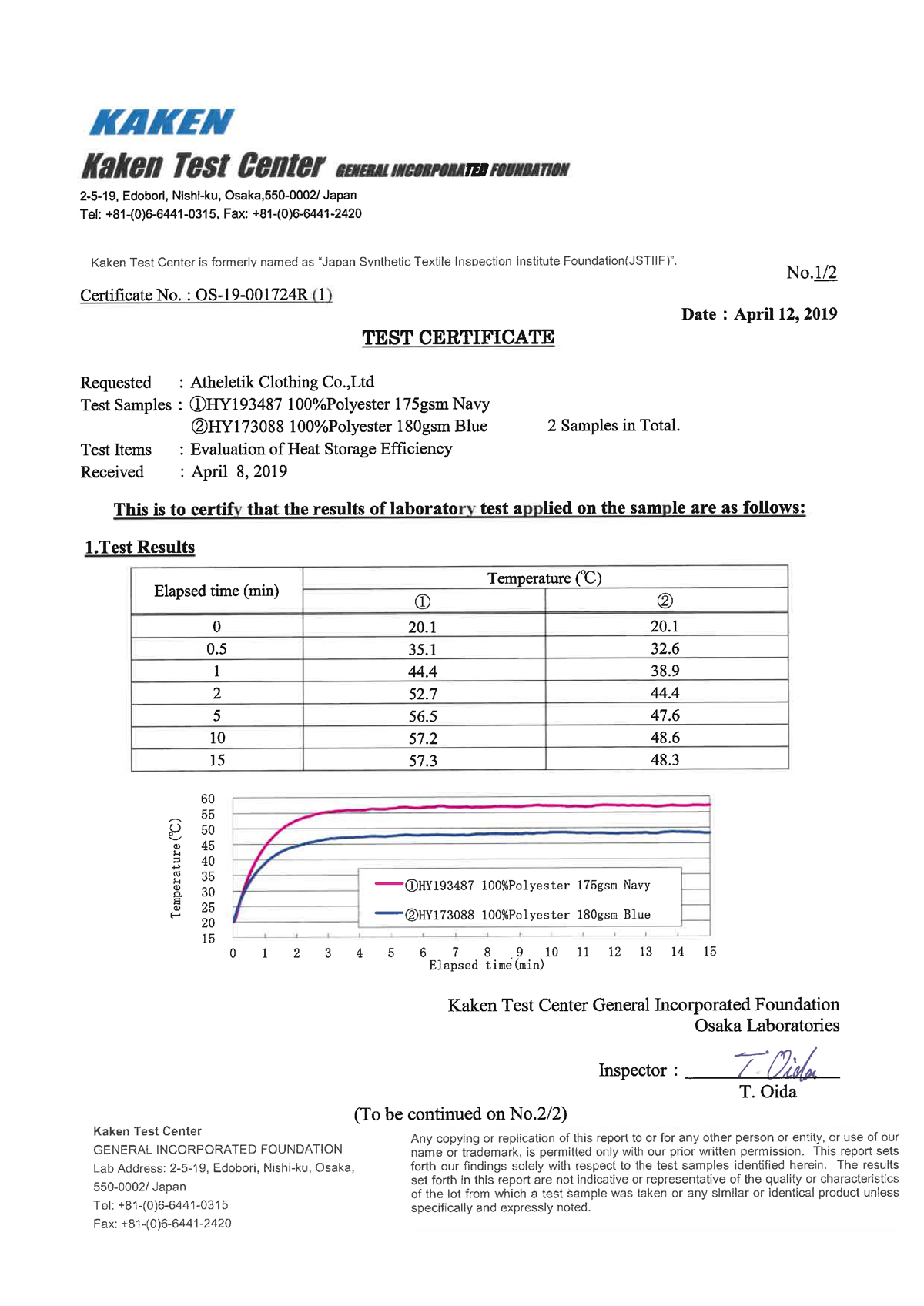
Fabric ID: HY173038
Composition: 92% Far Infrared Polyester, 8% Spandex;
Weight: 240 g/m2
Width: 1.65m
Features of Far Infrared Fabric:
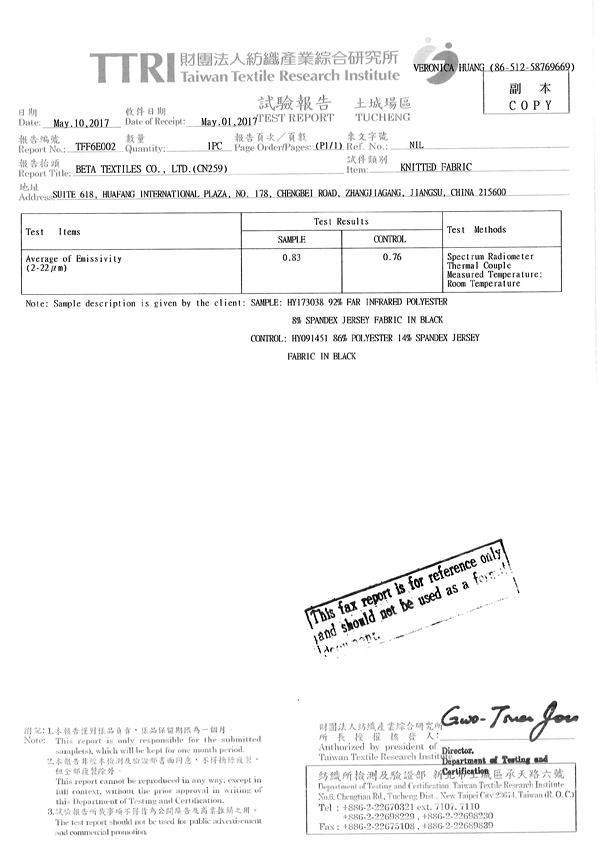
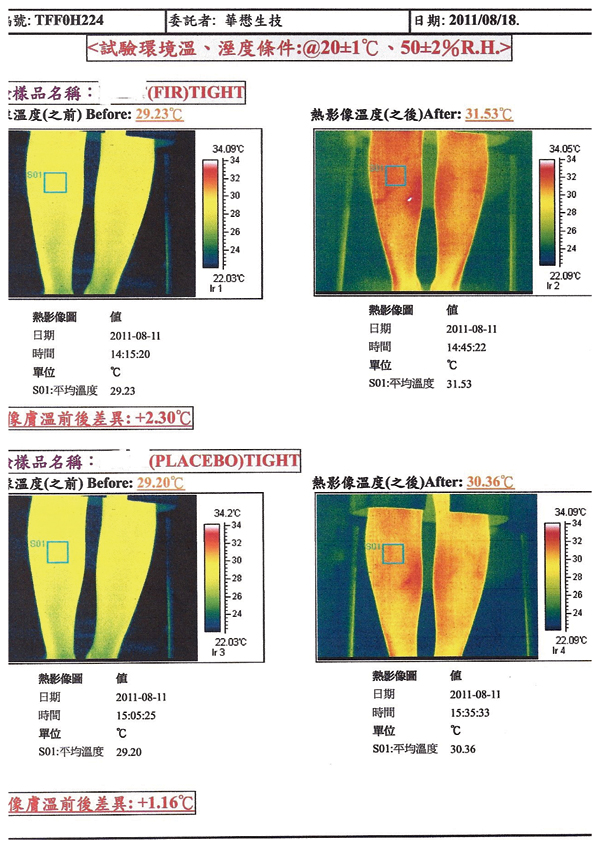
KWIKWARM Fabric Collection |
|||||
| Item# | Fabric ID# | Content | Weight | Technical Construction | Remarks |
| 1 | HY162888 | 51% Polyester 36% Polyester( Kwikwarm) 13% Spandex | 150 GSM | Jersey | striped, light weight |
| 2 | HY162924 | 46% Polyester 46% Polyester(Kwikwarm) 8% Spandex | 230 GSM | Jersey | striped, heavy weight |
| 3 | HY162951 | 95% Polyester 5% Spandex | 230 GSM | Fleece | Grid fleece |
| 4 | HY162995 | 60% Polyester 40% Polyester(Kwikwarm) | 150 GSM | Fleece | Blac/grey striped one side fleece |
| 5 | HY173050 | 47% Polyester 48% Polyester(Kwikwarm) 5% Spandex | 220 GSM | Fleece | Mini Grid fleece |
| 6 | HY173061 | 36% Polyester 54% Polyester(Kwikwarm) 10% Spandex | 180 GSM | Jersey | cationic poly/quickwarm jersey |
| 7 | HY173085 | 36% Polyester 54% Polyester( Kwikwarm) 10% Spandex | 180 GSM | Jersey | cationic poly/quickwarm jersey brushed |
| 8 | HY173096 | 100% Polyester (Kwikwarm) | 150 GSM | Interlock | Interlock brushed |
| 9 | HY173097 | 33% CD Polyester 67% Polyester (Kwikwarm) | 150 GSM | Interlock | intyerlock, non-brushed |
| 10 | HY173102 | 52% Polyester(Kwikwarm) 48% Polyester | 175 GSM | Fleece | polar fleece |
| 11 | HY173109 | 45% Polyester 55% Polyester( Kwikwarm) | 200 GSM | Mesh | piquet mesh |
| 12 | HY173204 | 45% Polyester (Kwikwarm) 45% Polyester 10% Spandex | 300 GSM | Fleece | Blac/grey striped one side fleece |

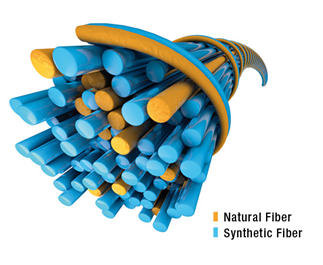
| Fabric Ref | Content | Weight |
| HY091284 | 88%Polyester,12%Wool | 230GSM |
| HY091413 | 86%Polyester,14%Cotton | 215GSM |
| HY162811 | 84%Polyester,11%Wool,5%Spandex | 200GSM |
| HY173134 | 85%Polyester,15%Cotton | 160GSM |
| HY173135 | 89%Polyester,11%Cotton | 160GSM |
| HY173208 | 85%Polyester,15%Merino Wool | 180GSM |
| HY173209 | 85%Polyester,15%Merino Wool | 140GSM |
BTEXCO manufactures finished base layer garment with coconut shell charcoal fabrics.
Contact information:
Beta Textiles Co., Limited
Suite 618, Huafang International Plaza,
No.178, Chengbei Road, Zhangjiagang,
Jiangsu, China 215600
E-mail: info@betatextiles.com
1. Coconut Shell Charcoal Production
Coconut is a tropical plant whose shell is of no great use except for use as daily necessaries or art crafts. The production of coconut shell charcoal by utilization of the waste is a proactive eco concept.
Activated carbon will be created by heating the coconut shell fiber up to a temperature of 1200-1600 °C with the application of water vapor as activator. With an apparent size of more than 0.18mm (around 80 mesh), such particle-shaped activated carbon is also used in the purification of water and air.
2. Use of Coconut Shell Charcoal
Though the production of coconut shell activated carbon is costly, in addition to use in the purification of waste water from industrial activities and daily life, it is also used in the purification of tap water and other drinking water and also in the creation of purified water.
It is also recently being used in textile products,
3.Deodorization
Coconut shell charcoal absorbs odor through its surface. The surface area of 1 gram of coconut shell charcoal amounts to around 900-2000 m2 equivalent to the area of 4 basket ball courts. Such numerous micro pores will form a mechanism to absorb odor, stink and other toxic substance.
The finer the coconut charcoal particles are, the more pores the coconut shell charcoal will contain. The absorption of odor by coconut shell charcoal will not be reduced after grinding. This is why fine particles of coconut shell charcoal (normally submicron particles) provides extremely strong odor absorption.
4.Release of Anion
Both graphite structure (SP2) and diamond structure (SP3) exist in coconut shell charcoal. When friction with air is activated, electrons will be released into air (oxygen molecule). The positive charge thus released will create anion when the positive charge is being grounded via the conductive graphite structure. Anion provides microbe inhibition by nature.
5. Odor decomposition
Odor molecules will not be decomposed until and unless anions are created. This is why odor cannot be decomposed with activated carbon only.
Anions, as highly active oxygen molecule, will interact easily with odor molecules to result in oxygenation (combustion) whereby odor molecules are decomposed.
Coconut shell charcoal polyester normally contain 650 anions per cm3.
7.Dodorization compared with bamboo charcoal
Activated coconut shell charcoal provides better deodorization since its surface area is much greater than bamboo charcoal.
As activated coconut shell charcoal is made of coconut shell waste, it is widely accepted in North America and Europe as an ECO product.
8.Release of Far Infrared Ray
Release of FIR results in the oscillatory motion of particular molecules stimulated by heat. Any structure has a resonant oscillation frequency, i.e. frequencies at which the response amplitude is a relative maximum.
The diamond structure in coconut shell charcoal will create oscillatory motions when stimulated by heat. As its resonant oscillation frequency is precisely within the range of FIR( with a wave length of more than 4 micrometer), coconut shell charcoal will create the same effect of FIR when heated. The FIR emissivity of coconut shell charcoal polyester is normally more than 0.9.
9.Advantages of coconut shell charcoal fabrics
With coconut shell charcoal particles inside the fiber, fabrics made of coconut shell charcoal polyester will maintain its activity even after its use in finished garment. The coconut shell charcoal in the fiber will form a micro porous and moisture conductive surface to provide moisture management, dry and deodorization functions.
Cottony Polyester Fabrics
Beta Textiles Co., Limited produces a wide range of cottony polyester fabrics. Cottony polyester fabric is a fabric made of spun polyester with cotton hand feel.
Cottony polyester yarn is a spun polyester yarn made out of specially engineered polyester fiber to achieve cotton hand feel and appearance.
Compared with genuine cotton, the advantages are:
Fabric no:HY152664
Composition: polyester/spandex
Description: 2 two reversible jersey with prints.
Features: one side solid dyed, one side with prints. Inter-woven, not bonded. Soft hand feel.
Remarks: the fabric can be also done with one side nylon and one side polyest.